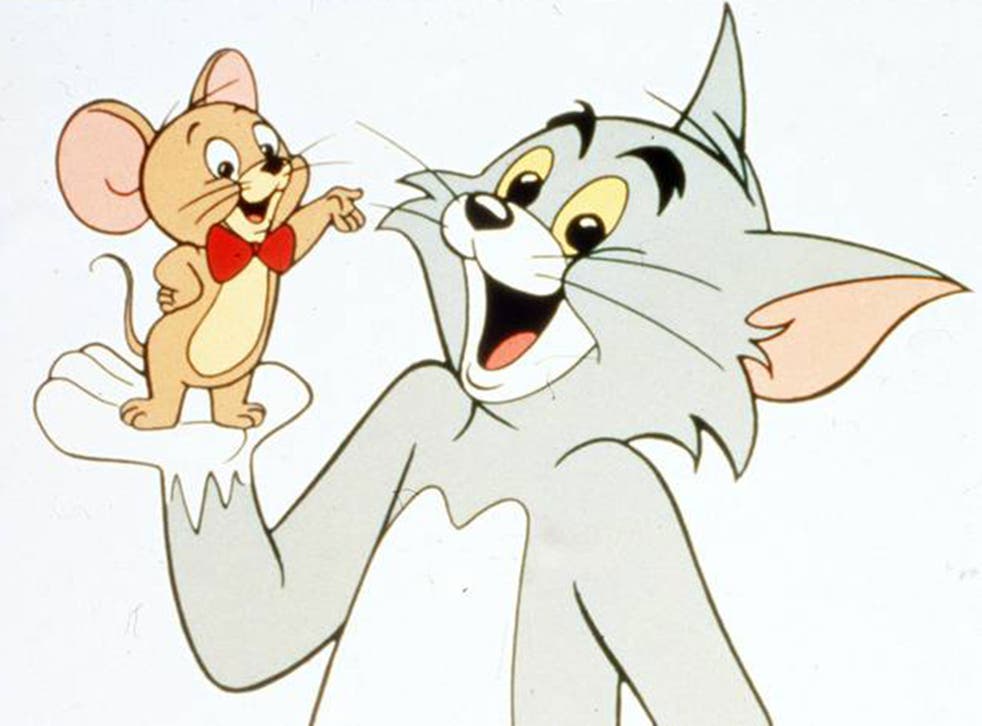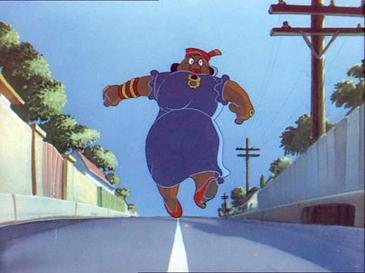We are in a polarizing time: Old wounds
from the past — race, politics, gender equality, sexism and poverty — have all
bubbled to the surface. From the halls of our government to our problematic
entertainment industry, history is literally repeating itself because we’ve
ignored what’s been broken for so long. And by refusing to address its own
racist legacy (which extended well beyond the 1940s), Disney is only adding to
the problem.
In addition to Disney, there are different production houses that have shown tremendous amounts of racism in the past and still do continue broadcasting it and indirectly promote it as well. One of the victims is Tom and Jerry produced by Warner Bros. Animation and Metro Goldwyn Mayer as well.
As many researchers have pointed out, when it comes to racial
minorities being included in the media, they have primarily been depicted in
negative and stereotypical ways.
Analyzing "Tom & Jerry"
The premise of “Tom and Jerry,” the 75-year-old madcap slapstick cartoon about a feuding cat and mouse, is as innocuous as it is endlessly entertaining. But as with any show that was created in the 1940s, some of its tropes could be deemed politically incorrect or offensive today.
You’d be hard-pressed to find a character like Mammy Two
Shoes, a heavyset black maid whose face is obscured in all but one “Tom and
Jerry” episode, on the Disney Channel today.
When we refer to several episodes of Tom
and Jerry, they have shown racism in many instances where they show tribes and
have dressed them in a particular way which is also stereotyped. There is also
a very old episode where they see South Africa from the sky and paint their
faces black before landing there to be culturally accepted and to stay out of
trouble.
Not to mention that in one episode, Jerry
is painted himself black and is dressed with the so-called ‘tribal outfit’ and
threatens Tom. This depicts and stereotypes the Tribal community that they are
rude and wild to all the beings excluding their community. These kinds of
portrayal in the media might seem trivial but it does play a major role in the
mindsets of youngsters and other audiences as well.
When we have consumed such media all throughout our childhood, it will cater to the thoughts and opinions and will shape our lives in some way. It would be difficult for us to overcome the racist notions when we seek it as an entertainment.
Well, ultimately we need to
take responsibility and ask ourselves as to how much more we could normalize
and accept diverse groups.
Written By- Amulya Sriharsha
Edited By- Tushna Choksey






.jpeg)





0 Comments